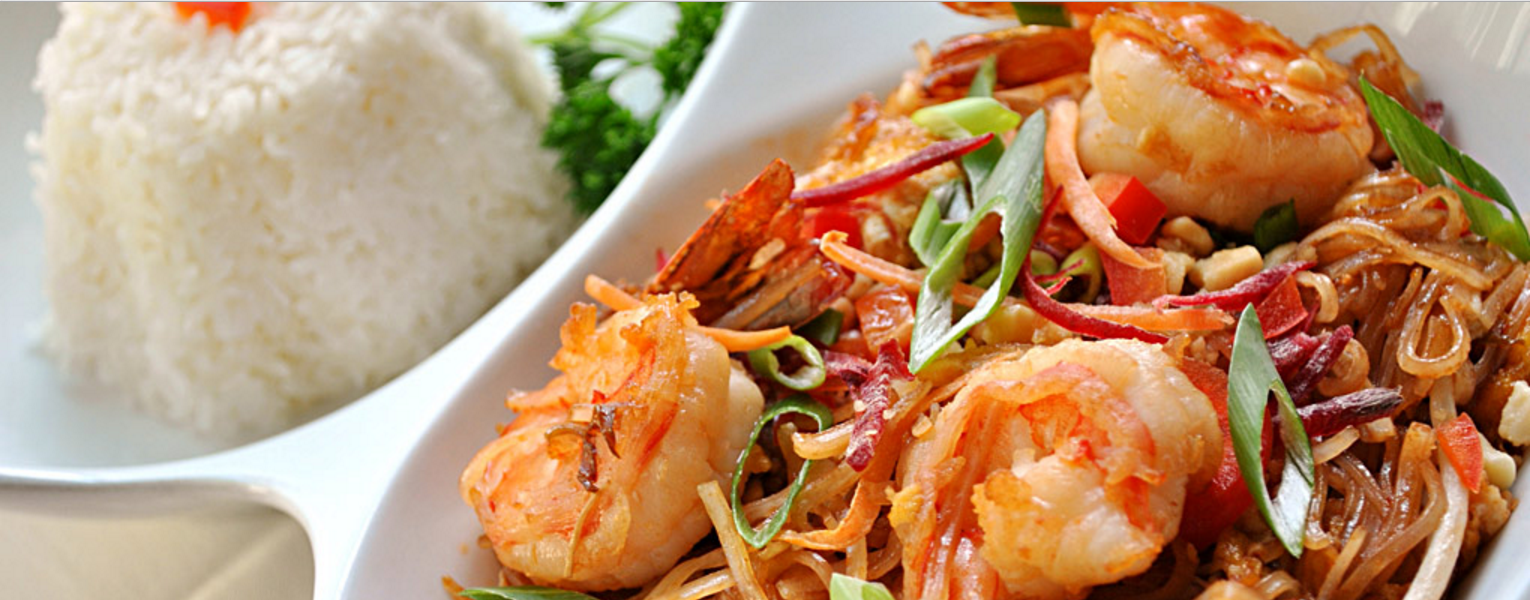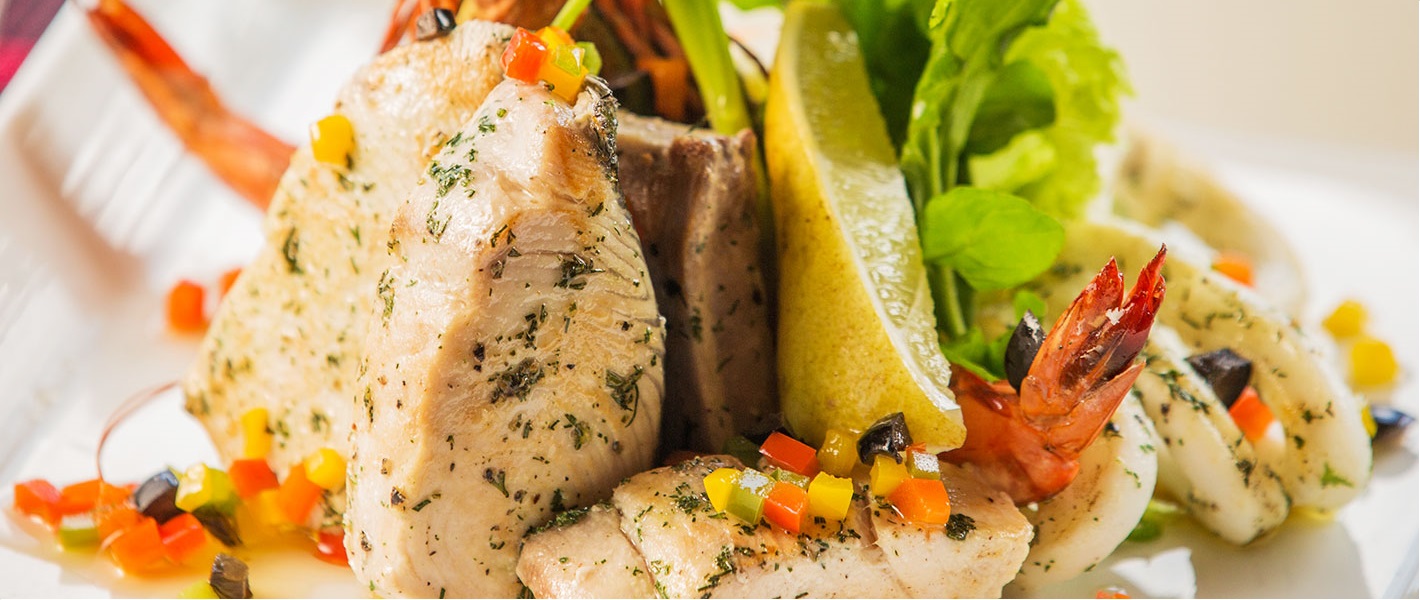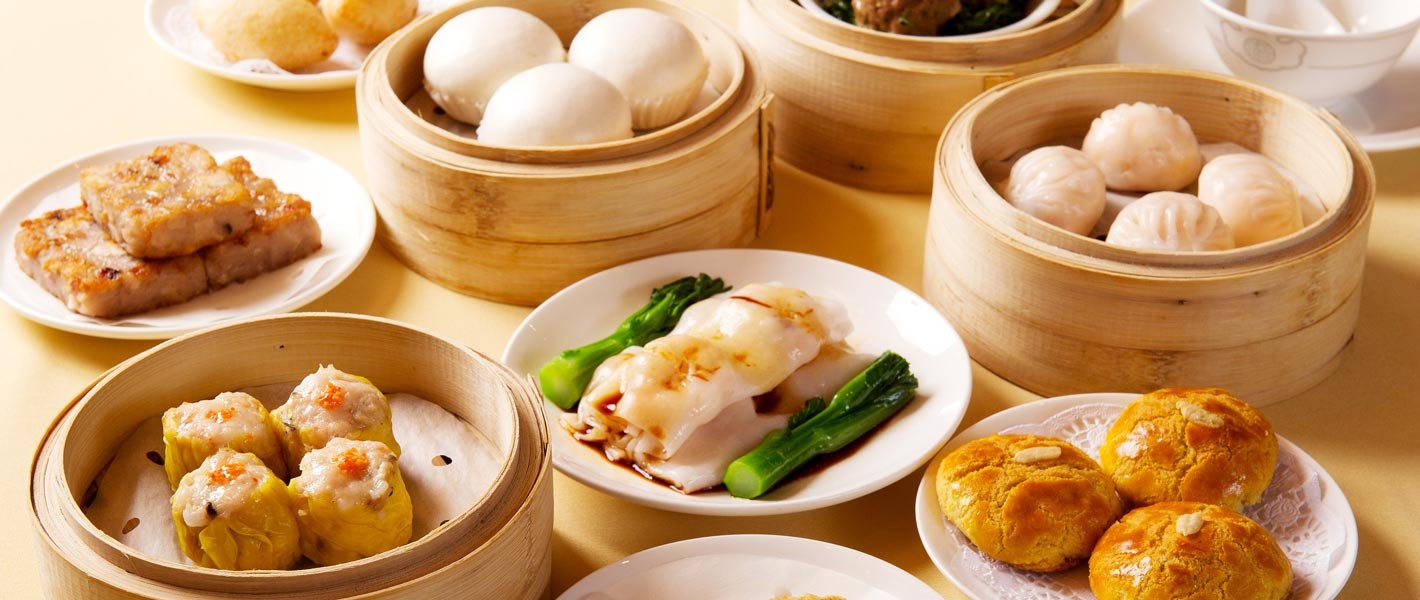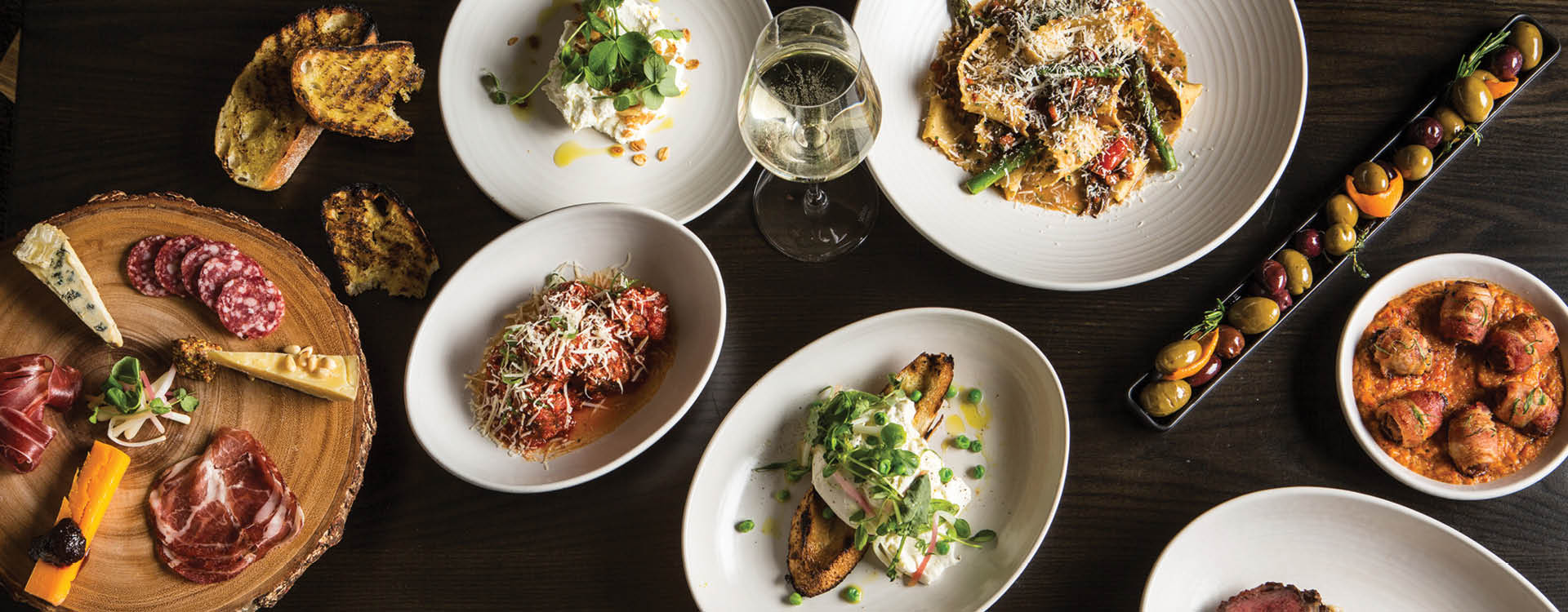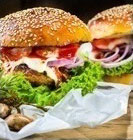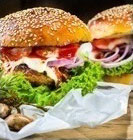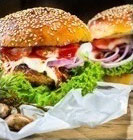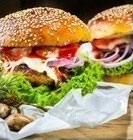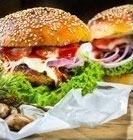Bánh bèo
Bánh bèo dish originates from Hue, in the central region of Vietnam. The dish's name is believed to derive from the fact that it is shaped like a duckweed or water fern.
The dish consists of palm-sized soft pancakes, made from steamed tapioca and rice flour. Banh Beo is served in small dishes with dipping fish sauce on the side. Mostly, locals considers Banh Beo as a snack but it can be served as lunch or dinner as well.
There are regional variations in toppings, but mostly, they are topped with sliced pork, tiny school prawns, dried shrimp powder, pork crackling, and green onions of Hanoi variant.
In the South Vietnam the bánh bèo cốt dừa was a coconut cream-infused savory version, which came with most of the same fixings. Beside the varieties of small, savory Bánh bèo of central Vietnam which you will get in South Vietnam, there is also a version of Bánh bèo in Mekong Delta region that is rather sweet than salty or spicy with mung bean paste topping and served with a lot of coconut cream. The sweet Bánh bèo is sometime added pandan leaf juice in the four mixture.
Pandan leaves (Pandanus latifolius, P. amaryllifolius) look like gladiola leaves. They’re narrow, long and pointed at the tip. When attached to their stems, they resemble giant green feather dusters.
They have a grassy herby flavor and can be tied in a knot and added to rice, both long grain and sticky rice. Cooks also use them in desserts by extracting their liquid, traditionally done by pounding on the leaves but people do it in the blender or mini-chopper with a little water. The green result is striking in color, kind of like super wheat grass in smell and looks. Once cooked, the color turns to a celadon green, and there’s a subtle hint of the herby quality.





